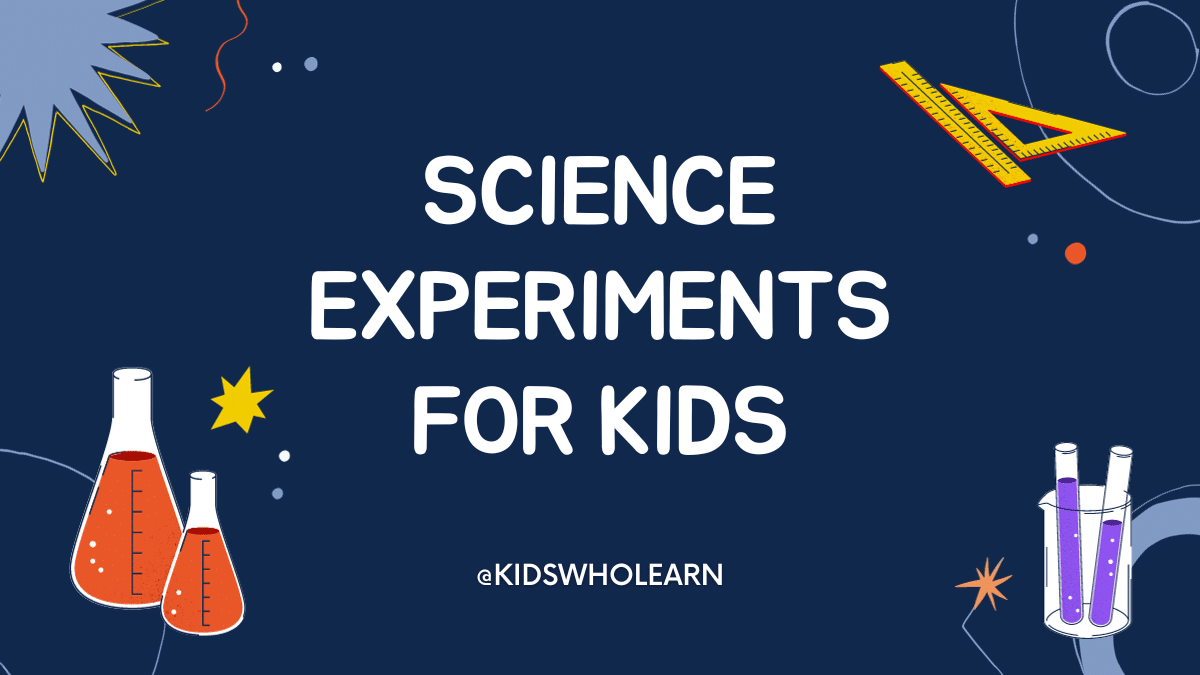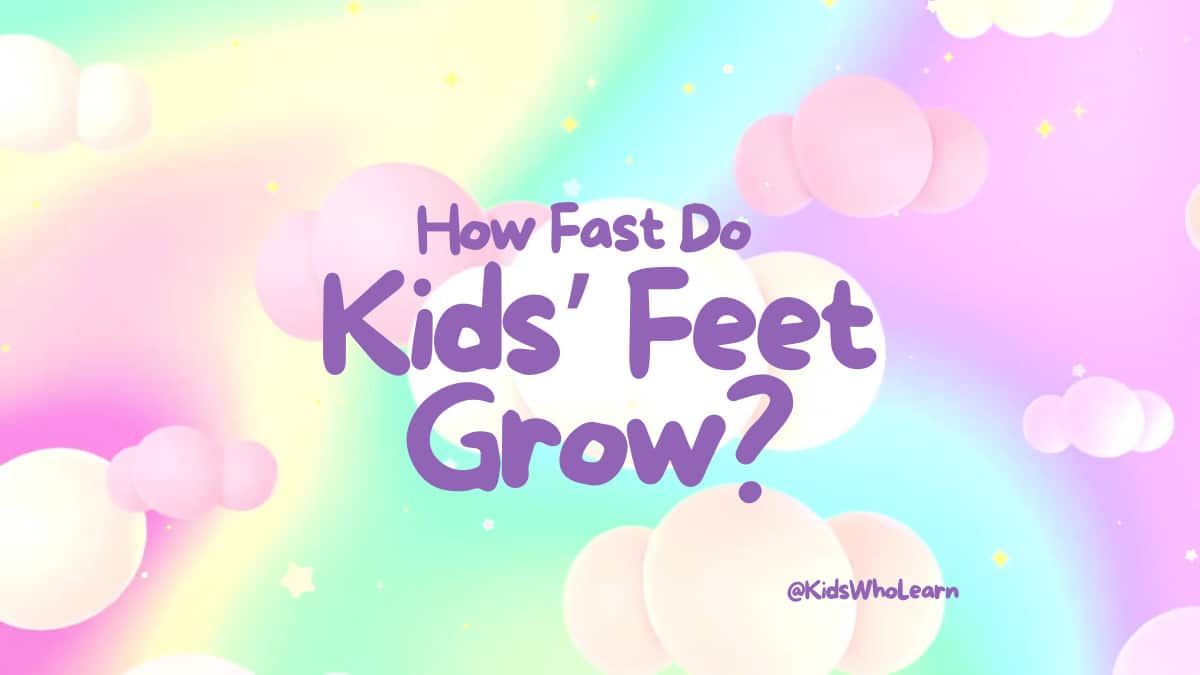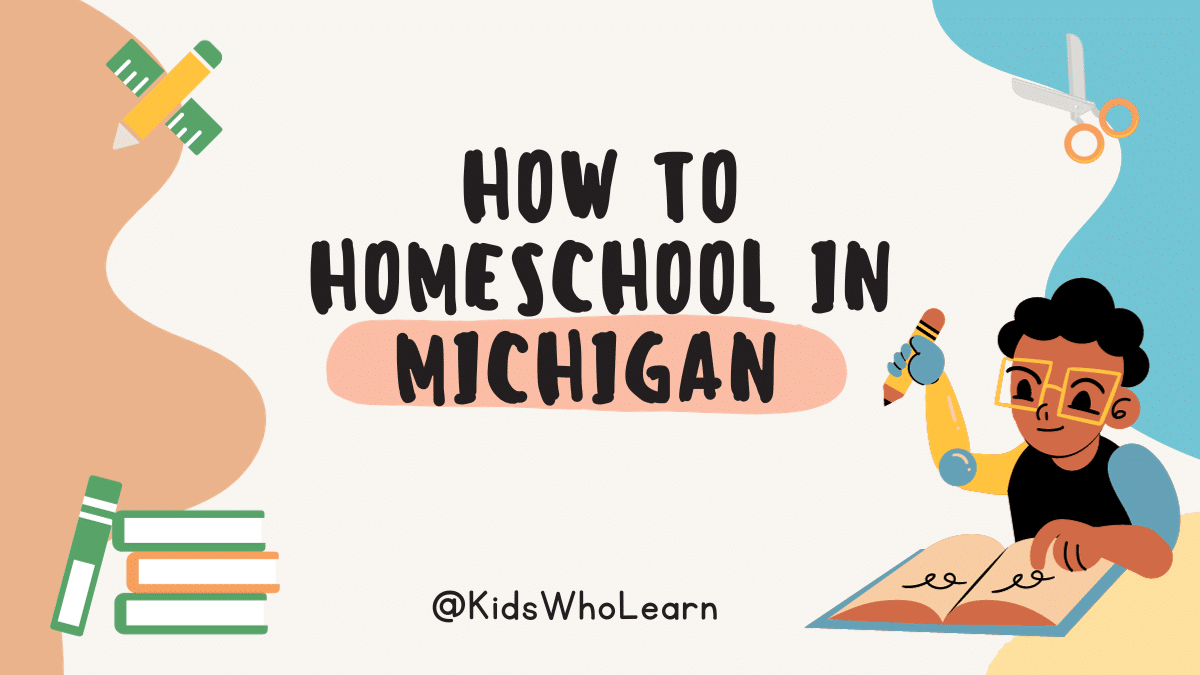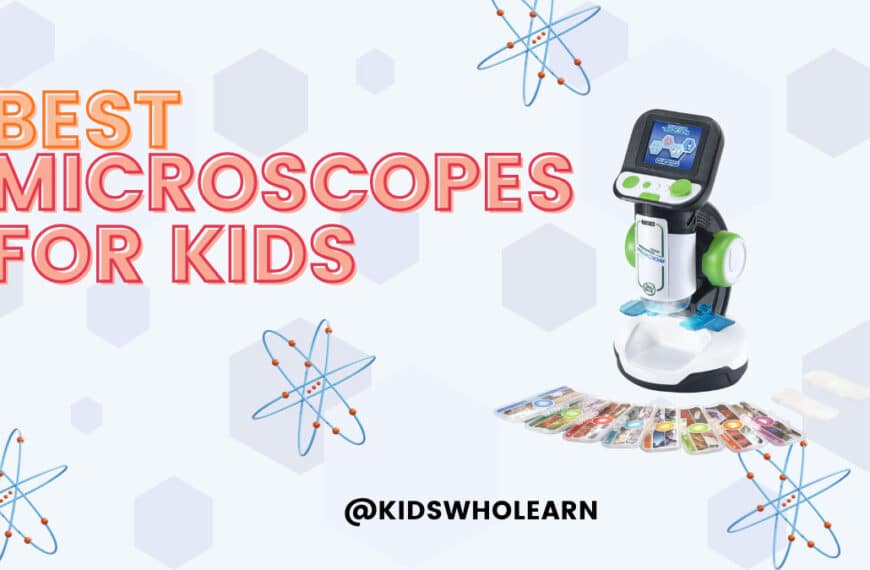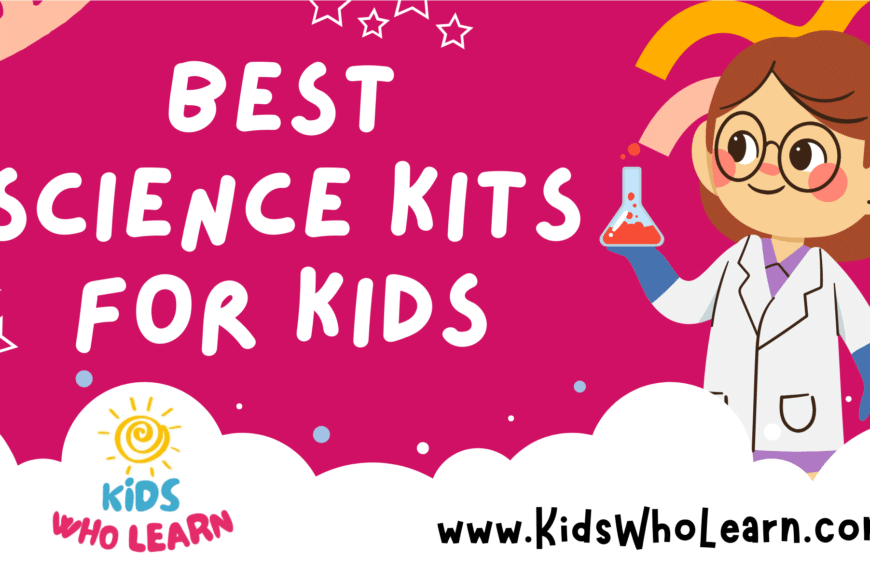If you’re a parent or a teacher, you know how hard it can be to keep kids entertained. But what if you could also teach them something while they’re having fun? That’s where science experiments for kids come in! These hands-on activities are a great way to get children excited about science and to help them learn about the world around them.
Science experiments can be done with everyday materials that you probably already have at home. For example, you can use baking soda and vinegar to create a chemical reaction that produces a foam eruption. Or you can make a homemade lava lamp using oil, water, and food coloring. These simple experiments are not only fun, but they also teach kids about basic chemistry and physics concepts.
Science experiments are also a great way to encourage kids to ask questions and to think critically. When they observe a phenomenon, such as a balloon inflating due to a chemical reaction, they can start to wonder why it happened and what other factors might affect the outcome. This curiosity and desire to learn is essential for scientific discovery and can help kids develop important skills for the future.
Understanding Science Experiments
Science experiments are a great way to learn about the world around you. They can be fun, exciting, and educational all at the same time. Here are a few things you should keep in mind when conducting science experiments with your kids:
Safety First
Before you start any experiment, it’s important to make sure you have all the necessary safety equipment. This might include things like safety goggles, gloves, and aprons. You should also make sure you have a first aid kit on hand, just in case something goes wrong.
Follow Directions
When conducting an experiment, it’s important to follow the directions carefully. Make sure you understand each step before you begin, and don’t skip any steps. If you’re not sure about something, ask for help.
Record Your Results
As you conduct your experiment, be sure to record your results. This might include things like measurements, observations, and data. You can use a notebook or a spreadsheet to keep track of your results.
Learn from Your Mistakes
Not every experiment will go perfectly. If something goes wrong, don’t get discouraged. Instead, use it as an opportunity to learn. Try to figure out what went wrong and how you can improve your experiment for next time.
Have Fun!
Most importantly, have fun! Science experiments can be a great way to bond with your kids and learn something new at the same time. So don’t be afraid to get a little messy and have some fun!
Safety First
When it comes to science experiments for kids, safety should always be your top priority. Here are some tips to help ensure that your child stays safe while conducting experiments:
Wear Protective Gear
Encourage your child to wear protective gear such as gloves, goggles, and aprons when conducting experiments. This will help protect them from any harmful substances that they may come into contact with.
Use Safe Materials
Make sure that the materials that your child is using are safe and appropriate for their age. For example, younger children should not be using sharp objects or chemicals that could be harmful if ingested.
Supervise Your Child
Always supervise your child when they are conducting experiments. This will help ensure that they are following the instructions correctly and that they are not putting themselves in danger.
Follow Instructions Carefully
Make sure that your child follows the instructions carefully when conducting experiments. This will help ensure that they are using the materials correctly and that they are not putting themselves or others in danger.
Clean Up
After conducting an experiment, make sure that your child cleans up properly. This includes disposing of any materials that are no longer needed and washing their hands thoroughly.
By following these simple tips, you can help ensure that your child stays safe while conducting science experiments.
Getting Started
If you’re looking to introduce your child to the wonders of science, conducting experiments is a great way to do it. Not only are science experiments fun, but they can also help your child develop critical thinking skills and a love of learning. Here are some tips to help you get started:
Materials Needed
Before you start any experiment, it’s important to gather all the materials you’ll need. Here are some basic supplies you should have on hand:
- Safety goggles
- Gloves
- Measuring cups and spoons
- Mixing bowls
- Beakers and test tubes
- Funnel
- Graduated cylinder
- Thermometer
- pH paper
- Magnifying glass
- Petri dishes
- Pipettes
- Hot plate or Bunsen burner
- Chemicals (if necessary)
Make sure to read the experiment instructions carefully to determine what specific materials you’ll need.
Setting Up
Once you have all your materials, it’s time to set up your experiment. Here are some steps to follow:
- Choose a clean and flat surface to work on, away from any distractions.
- Lay out all your materials in an organized manner.
- Read the experiment instructions thoroughly and make sure you understand each step before starting.
- Put on safety goggles and gloves if required by the experiment.
- Follow the instructions step-by-step, taking notes as you go along.
- Record your observations and results in a notebook or on a worksheet.
Remember to always follow safety guidelines and precautions when conducting experiments, and never leave your child unsupervised. Have fun and enjoy the process of learning through science!
Simple Science Experiments
Looking for some fun and easy science experiments to do with your kids? Here are a few simple experiments that are sure to spark their curiosity and teach them some basic scientific concepts.
Water Experiments
Water is a fascinating substance that can teach us a lot about physics and chemistry. Here are a few experiments you can try with water:
- Sink or Float: Gather a few small objects, such as a paper clip, a coin, and a cork. Have your child predict which objects will sink and which will float, then test their predictions by placing each object in a bowl of water.
- Water Cycle in a Bag: Fill a ziplock bag with water and a few drops of food coloring. Tape the bag to a sunny window and watch as the water evaporates, condenses, and precipitates, just like in the water cycle.
- Walking Water: Fill two glasses with water and add different colors of food coloring to each glass. Place a paper towel between the two glasses so that it touches the water in both glasses. Watch as the water travels up the paper towel and mixes the colors.
Light Experiments
Light is another fascinating topic that can be explored through simple experiments. Here are a few ideas:
- Rainbow Reflections: Fill a glass with water and place it on a white piece of paper. Shine a flashlight through the glass and observe the rainbow of colors that appears on the paper.
- Shadow Puppets: Use a flashlight and your hands to create shadow puppets on a wall. Experiment with different hand shapes to create different shadows.
- Bending Light: Fill a glass with water and place a pencil in the glass. Observe how the pencil appears to bend when viewed from different angles.
Sound Experiments
Sound is all around us, but we don’t always understand how it works. These simple experiments can help:
- Musical Glasses: Fill several glasses with different amounts of water and tap each one with a spoon. Observe how the different amounts of water create different pitches.
- Cup and String Phone: Poke a small hole in the bottom of two paper cups. Thread a piece of string through each hole and tie a knot inside the cup. Hold one cup to your ear and have your child speak into the other cup. Observe how the sound travels through the string.
- Singing Glasses: Wet your finger and run it around the rim of a glass. Observe how the sound changes as you change the amount of water in the glass.
Have fun experimenting!
Intermediate Science Experiments
If you’re looking for science experiments that are a little more challenging, these intermediate experiments are perfect for you. These experiments require a little more effort and materials, but they’re still easy enough for kids to do with adult supervision.
Chemistry Experiments
Chemistry experiments are a great way to teach kids about the properties of different substances and how they react with each other. Here are a few intermediate chemistry experiments you can try:
- Make your own lava lamp: Fill a clear plastic bottle with water and vegetable oil. Add a few drops of food coloring and an Alka-Seltzer tablet. Watch as the tablet reacts with the water and oil, creating bubbles that rise and fall like a lava lamp.
- Make invisible ink: Mix equal parts baking soda and water to create a paste. Use a cotton swab or toothpick to write a message on white paper. Let the message dry, then paint grape juice over the paper to reveal the hidden message.
- Make a pH indicator: Cut a red cabbage into small pieces and boil it in water for 10 minutes. Strain the liquid and let it cool. Use the liquid as a pH indicator by adding different substances and observing the color changes. For example, acidic substances will turn the liquid pink, while basic substances will turn it blue or green.
Physics Experiments
Physics experiments are a great way to teach kids about energy, motion, and forces. Here are a few intermediate physics experiments you can try:
- Make a balloon-powered car: Attach a balloon to a straw and tape the straw to a toy car. Blow up the balloon and then release it, allowing the air to escape through the straw and propel the car forward.
- Make a simple machine: Use cardboard, wooden skewers, and glue to create a simple machine like a lever or pulley. Experiment with different designs to see how they affect the amount of force required to lift an object.
- Make a homemade rocket: Use a film canister, baking soda, and vinegar to create a chemical reaction that propels the canister into the air. Fill the canister with baking soda, add vinegar, and quickly snap the lid on. Place the canister upside down and watch as the chemical reaction creates gas that launches the canister into the air.
These intermediate science experiments are a fun way to teach kids about chemistry and physics. With a little creativity and experimentation, you can come up with even more exciting experiments to try.
Advanced Science Experiments
If you’re looking to take your science experiments to the next level, try these advanced experiments that will challenge your understanding of the world around you.
Experiment 1: Making a Homemade Lava Lamp
You’ve probably seen a lava lamp before, but have you ever made one yourself? With a few simple ingredients, you can create your own mesmerizing lava lamp at home.
Materials:
- Clear plastic bottle
- Vegetable oil
- Water
- Food coloring
- Alka-Seltzer tablets
Instructions:
- Fill the plastic bottle about 1/4 of the way with water.
- Add a few drops of food coloring to the water and shake to mix.
- Fill the rest of the bottle with vegetable oil, leaving about an inch at the top.
- Break an Alka-Seltzer tablet into small pieces and drop them into the bottle.
- Watch as the Alka-Seltzer reacts with the water and creates a bubbling effect, causing the “lava” to move up and down.
Experiment 2: Building a Potato Clock
Did you know that you can create a working clock using just a potato? This experiment demonstrates the power of chemical reactions and can be a fun way to learn about electricity.
Materials:
- 2 potatoes
- 3 copper wires
- 2 galvanized nails
- Digital clock with wires
- Alligator clips
Instructions:
- Insert one copper wire and one galvanized nail into each potato.
- Connect the copper wire from one potato to the galvanized nail of the other potato using an alligator clip.
- Connect the remaining copper wire to the galvanized nail of the first potato and the remaining galvanized nail to the digital clock’s wire.
- Watch as the clock begins to tick, powered by the chemical reactions happening inside the potatoes.
Experiment 3: Creating a Rainbow in a Jar
This experiment uses density to create a beautiful rainbow effect in a jar. It’s a great way to learn about the properties of liquids and how they interact with each other.
Materials:
- Honey
- Corn syrup
- Dish soap
- Water
- Vegetable oil
- Rubbing alcohol
- Food coloring
- Tall, clear glass jar
Instructions:
- Fill the jar about 1/4 of the way with honey.
- Add an equal amount of corn syrup to the jar.
- Add dish soap, water, vegetable oil, and rubbing alcohol in equal amounts, layering each on top of the previous layer.
- Add a few drops of food coloring to each layer, creating a rainbow effect.
- Watch as the different liquids interact with each other, forming distinct layers based on their density.
Science Fair Preparation
Preparing for a science fair can be exciting and challenging. Here are some tips to help you get started.
Project Selection
Choosing a science fair project can be overwhelming, but it doesn’t have to be. Here are some things to consider when selecting a project:
- Choose a topic that interests you. You will enjoy the project more if you are interested in the topic.
- Make sure the project is age-appropriate and fits within the guidelines of the science fair.
- Consider the materials and equipment needed for the project. Make sure you have access to everything you need.
- Think about the time you have available to complete the project. Choose a project that you can realistically complete within the given time frame.
Project Presentation
Once you have completed your project, it’s time to present it at the science fair. Here are some tips to help you prepare your presentation:
- Practice your presentation beforehand. Make sure you can explain your project clearly and concisely.
- Use visual aids such as charts, graphs, and diagrams to help explain your project.
- Dress appropriately for the science fair. You want to look professional and put-together.
- Be prepared to answer questions about your project. Think about possible questions beforehand and practice your answers.
By following these tips, you can have a successful science fair experience. Good luck!
Conclusion
Congratulations! You have successfully completed some fun and exciting science experiments. You have learned a lot about the world around you and how it works. Remember, science is all about asking questions and finding answers. You can continue to explore and experiment on your own or with friends and family.
Here are some key takeaways from your science experiments:
- Science is fun and can be done anywhere, even at home.
- You can use everyday materials to conduct experiments.
- You can make predictions and test them to see if they are correct.
- You can observe and record your results to draw conclusions.
- You can learn from your mistakes and try again.
Always remember to be safe when conducting experiments. Follow all instructions carefully and ask an adult for help if you need it. Keep your workspace clean and organized to avoid accidents.
We hope you enjoyed these science experiments and continue to explore the world of science. Who knows, you may even become a scientist one day!

